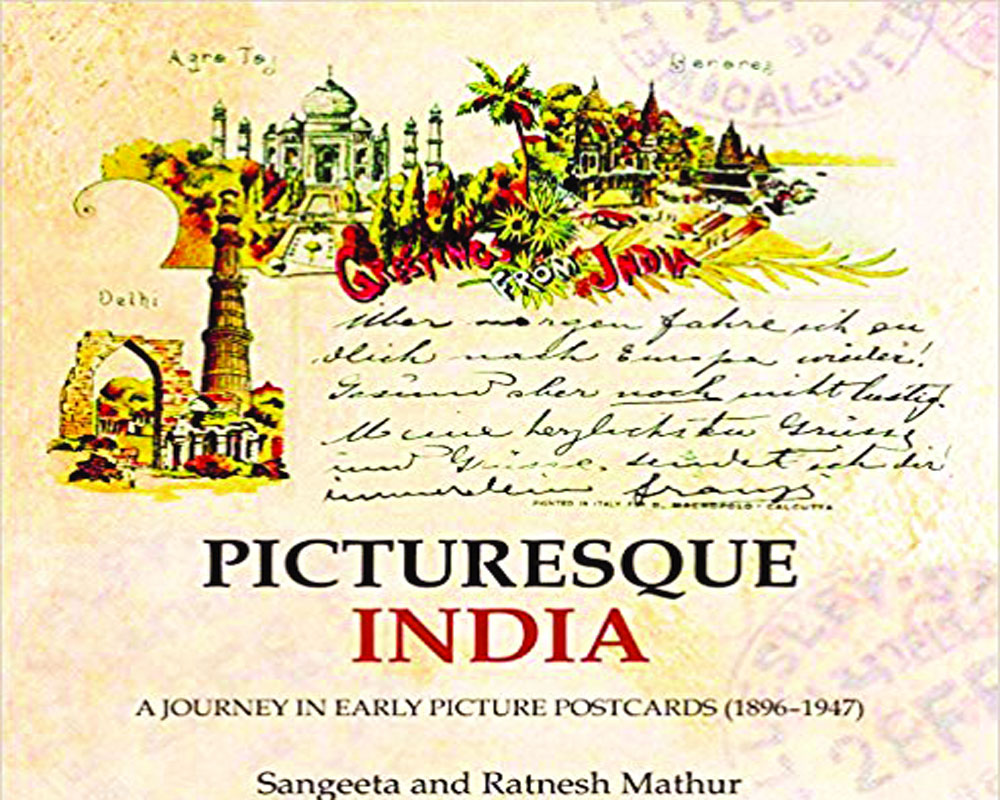Seven decades after Independence, when one looks around in Delhi, they might fail to realise that each building is like a time capsule in itself. Sangeeta and Ratnesh Mathur’s Picturesque India: A Journey In Early Picture Postcards is a timely reminder
Most people in the age group of 20-40 years communicate through emails and/or text messages several times a day. It’s almost redundant for them to even think about how convenient this uber quick means of written communication is. The only thing that is missing from it, however, is the charm that letters and postcards carry. People who have lived through the times when postcards were popular almost always have stories to share about how sending someone a postcard was quite an entertaining activity in itself. Today, practicability and convenience has justifiably taken precedence over a sense of slow but personal charm that communication would earlier have. But picture postcards have managed to find space in museums and cultural exhibitions and continue to intrigue people interested in history and culture.
Picturesque India: A Journey In Early Picture Postcards (1896–1947) published by Niyogi Books (Rs 1,995) is quite a treat for history buffs — particularly India’s — as the authors of this book have put together 550 Indian postcards from the colonial era. The period chosen by authors Sangeeta and Ratnesh Mathur is particularly significant as it gives rare and invaluable insights into the formation of modern India. The book has been divided into six chapters that show through pictures, supported with text, how much India changed during the British period. It takes the readers through the formation of new capital cities, hill retreats, cultural centres, education hubs, cantonment towns, trade routes, and railway lines with its collection of picture postcards. A sense of resentful wonderment is bound to take one over as they look at picture postcards from Lahore, Karachi, and Rawalpindi and think about what pre-Partition India must have been like.
This package carries selected pictures from this collection to give the readers a sense of the aspects of history that this book opens the gates to. The selection has Delhi and its development under the British administration at its focus. The postcards speak volumes about Connaught Place, New Delhi Railway Station, old bazaars, and more.
























